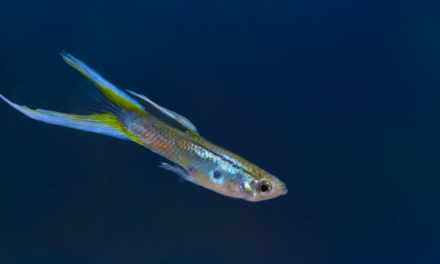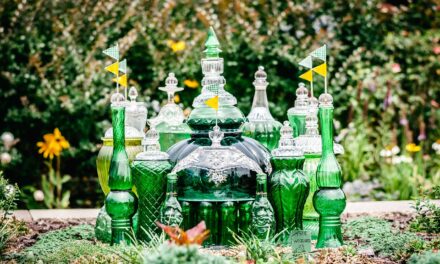If you’re anything like me, you’ve fallen in love with the stunning and exotic Alocasia plant.
This houseplant will make a statement in any home with its bold, arrow-shaped leaves and striking patterns. However, Alocasia can be a bit finicky regarding care, so it’s essential to understand their unique needs. Fear not, fellow plant enthusiasts! I’m here to guide you through the ins and outs of Alocasia care, so your plant can thrive and bring joy to your living space.
Table of Contents
Choose the Right Alocasia Variety for You
Alocasia comes in a variety of shapes, sizes, and patterns. Some popular types include:
- Alocasia amazonica (Polly)
- Alocasia zebrina
- Alocasia macrorrhizos (Giant Taro)
- Alocasia cuprea (Mirror Plant)
Think about the size of your space and the desired aesthetic when selecting your Alocasia variety.
Provide the Perfect Environment
Light
Alocasia plants love bright light that is indirect.
If they get too much direct sunlight, their leaves can scorch, while too little light can make them leggy and lose their vibrant color. Place your Alocasia near a window with filtered light for optimal growth.
Temperature
These tropical plants prefer a warm environment, ideally between 65-85°F (18-29°C). Keep your Alocasia away from cold drafts, air conditioners, and heating vents, as temperature fluctuations can cause plant stress.
Humidity
Alocasia thrives in a humid environment.
To maintain adequate humidity, you can:
- Place a tray of water with pebbles beneath the plant
- Use a humidifier
- Group your Alocasia with other humidity-loving plants
- Mist the leaves regularly
Water and Feed Your Alocasia with Care
Watering
Alocasia prefers consistently moist soil but not soggy.
Overwatering causes root rot and underwatering causes the leaves to droop and turn yellow. Water your Alocasia after the top one inch of soil feels dry, and ensure that the pot has proper drainage.
Fertilization
Feed your Alocasia with a balanced liquid fertilizer every 4-6 weeks during the growing season (spring and summer). Reduce feeding to once every eight weeks during the cooler months, as the plant’s growth may slow.
Maintain Your Alocasia’s Health
Pruning
Remove any yellowing or damaged leaves to keep your Alocasia looking its best and promote new growth. Use super sharp scissors or you can use pruning shears to make clean cuts at the base of the affected leaves.
Pest Control
Alocasia can be susceptible to common houseplant pests like spider mites, mealybugs, and aphids. Watch for signs of infestation and treat any issues promptly. Insecticidal soap, neem oil, or a homemade water and dish soap solution can be used to treat pests.
Repotting
Alocasia may need repotting every 1-2 years as it outgrows its current pot. Choose a 1-2 inche or larger pot in diameter than the pot you’re using, and be sure it has proper drainage. Repot your Alocasia in fresh, well-draining potting soil and water thoroughly after repotting.
Embrace the Beauty of Alocasia in Your Home
With attention, patience, and the proper care, Alocasia’s will grow stunning foliage and a touch of tropical flair in your home. I hope this guide has given you the confidence to embark on your Alocasia care journey, and I’m excited to see how your plants flourish!
Remember, every plant is unique, and observing your Alocasia’s specific needs is essential to keep it happy and healthy. Feel free to adjust your care routine based on your plant’s requirements. Now filled with the knowledge of Alocasia care, what are you waiting for? It’s time to bring the beauty of the tropics to your living space and watch your houseplant collection thrive!
- What Alocasia variety has caught your eye?
- Have you encountered any challenges in your Alocasia care journey?
Let’s grow together and celebrate the joys of plant parenthood!





